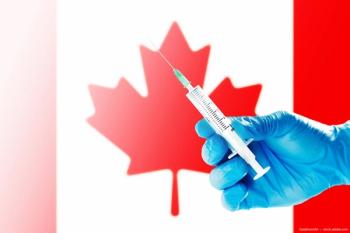
SD-OCT provides better structural evaluation of eyes
Ultra high-speed, high-resolution spectral domain optical coherencetomography (SD-OCT) seems to have surpassed the low-resolutionslow-speed OCT and provides video images of structures in eyes withglaucoma that demonstrate the minute details of the glaucomatoustissues.
Ultra high-speed, high-resolution spectral domain optical coherence tomography (SD-OCT) seems to have surpassed the slow-speed, low-resolution OCT and provides video images of structures in eyes with glaucoma that demonstrate the minute details of the glaucomatous tissues.
Teresa Chen, MD, demonstrated the capabilities of the instrument at the annual meeting of the Association for Research in Vision and Ophthalmology. Johannes de Boer, PhD, of Massachusetts General Hospital/Wellman Center for Photomedicine, Harvard Medical School, Boston, developed the SD-OCT.
The prototype system uses a commercially available superluminescent diode with a polarized power of 4.6 mW and a full width at half maximum spectral with of 50 nm centered at 840 nm. The images have a resolution of 6 µm, the optical power directed into the eye was 600 mW, and images can be attained in 1/29 of a second.
"For the first time we have a system that has simultaneous ultra-high resolution and ultra-high acquisition speed and it is more affordable," said Dr. Chen, of the Massachusetts Eye and Ear Infirmary, Harvard Medical School, Boston.
Dr. Chen showed selected images of the optic nerve and nerve fiber layer from three patients with varying stages of open-angle glaucoma.
"A benefit of SD-OCT is that we can create videos of the images that are being viewed," Dr. Chen said.
She showed the following pathologies: glaucomatous cupping, bean pot cupping, bayoneting of the blood vessels (double angulations of the vessels), baring of the circumlinear blood vessels, and retinal nerve fiber layer thinning with exposed blood vessels in a case of advanced open-angle glaucoma.
"SD-OCT seems to be a useful technology to visualize these structural changes associated with glaucoma better compared with all commercially available instruments that rely on time domain OCT," Dr. Chen said.
Newsletter
Don’t miss out—get Ophthalmology Times updates on the latest clinical advancements and expert interviews, straight to your inbox.


















































.png)


